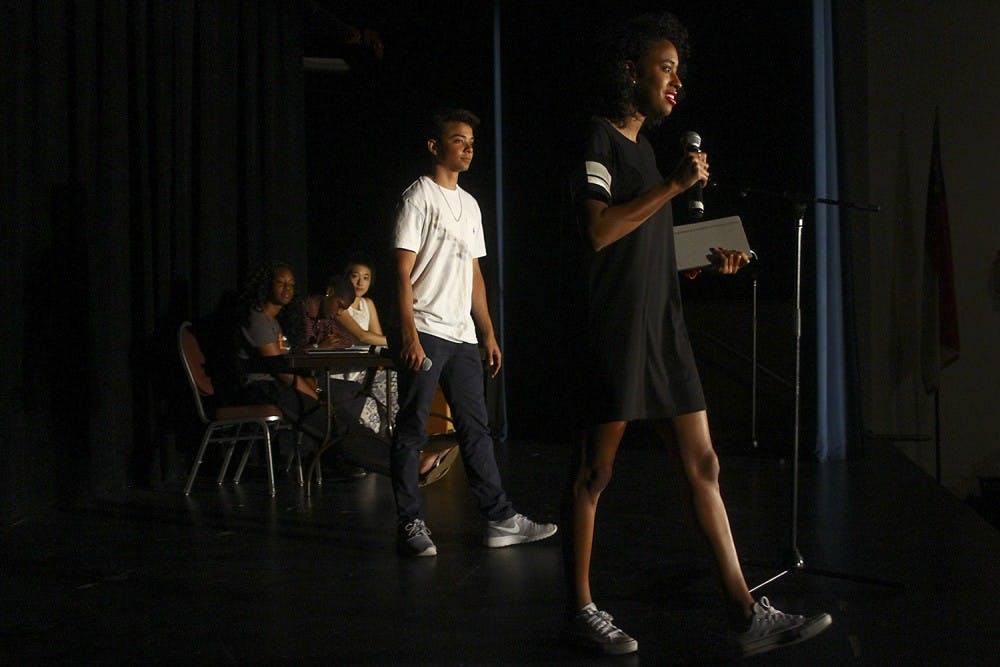“It was a rough summer (with) a lot of death and a lot of anger,” Beshea said. “I thought if we go back into that space (of the University) and we don’t have healing, everyone’s going to be so exhausted.”
To find that healing, Beshea wrote and performed spoken-word poetry, read literature by black women and attended vigils.
“We get them to see things in different ways through protesting, but we get them to feel different ways through art,” she said.
Tonight, Beshea hopes to encourage more healing by bringing the artwork and words of black women to the forefront at the #SayHerName vigil in memoriam of Sandra Bland, a 28-year-old woman found dead in her Texas jail cell on July 13.
Like Beshea, many students and local residents have been turning to art to find peace in the midst of an era of many racial conflicts.
In the middle of the August heat, Pierce Freelon, a lecturer in the Department of African, African American and Diaspora Studies, spent two weeks helping a 12-year-old learn how to crochet hats that feature the words “#BlackLivesMatter” and “#SayHerName.”
Freelon, who is also an artist and leader at ARTVSM Studios on Franklin Street, helped to run BLK AGST (pronounced “Black August”), a two-week camp where young African-American students can explore their racial identities through various types of art such as filmmaking, beatmaking and visual art.
“As M.K. Asante said, ‘The artivist uses her artistic talents to fight and struggle against injustice and oppression by any medium necessary,’” Freelon said. “Art opens up different kinds of doors to different opportunities and new possibilities that perhaps were invisible to you prior.”




